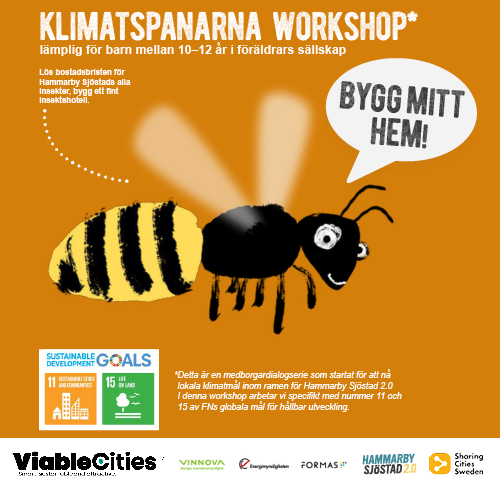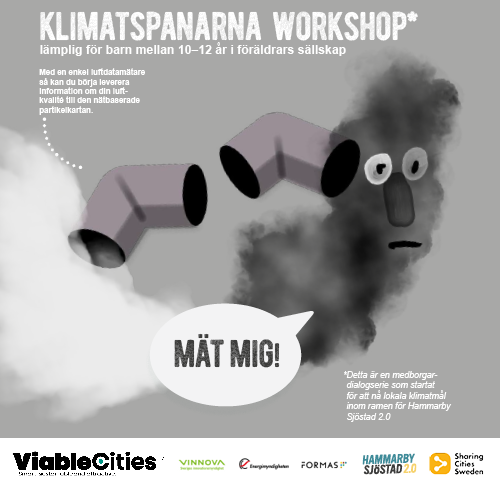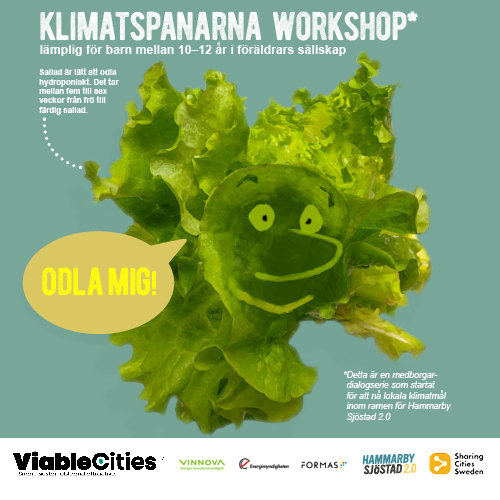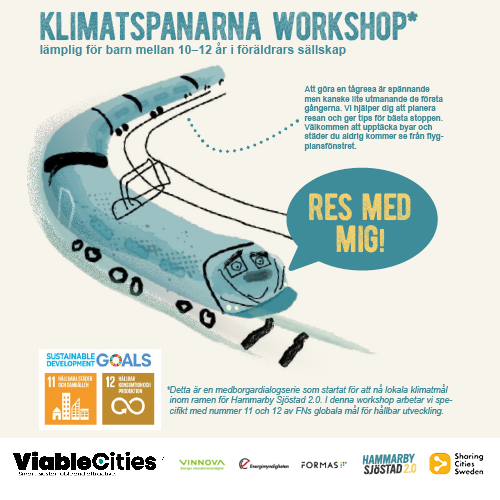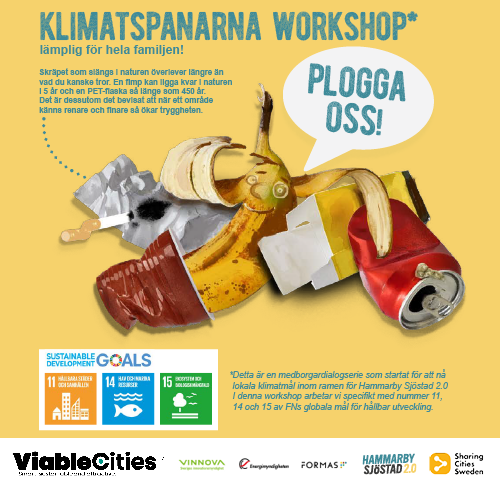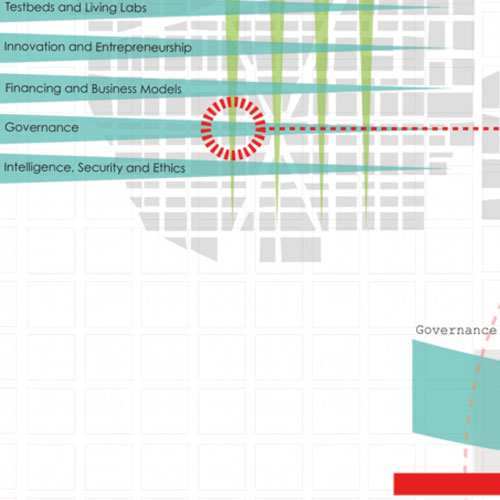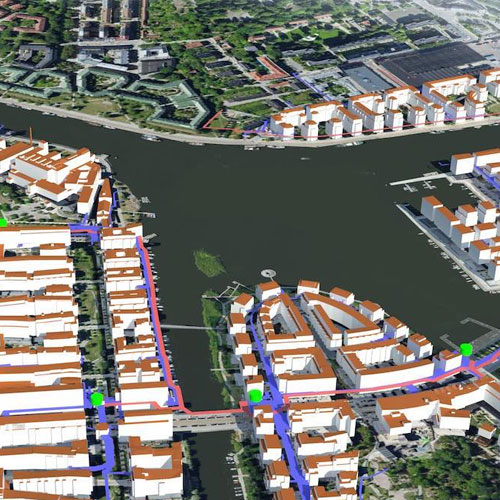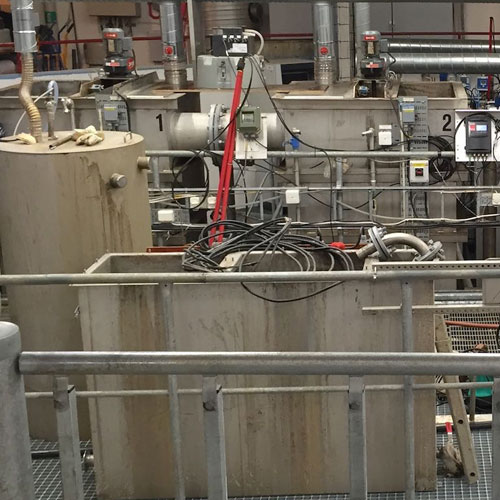Sharing Cities Stockholm
Hammarby Sjöstad 2.0 was one of four test beds within the national program Sharing Cities Sweden www.sharingcities.se. The investment ran from 2017–2021 with a budget of 12 million euros and aimed to investigate the conditions for how the sharing economy and citizen engagement in Swedish cities can contribute to climate change.
The Stockholm test bed, Sharing Cities Stockholm, was built in collaboration between ElectriCITY and RISE, KTH, Ericsson, Skanska, Stockholm City, Metasolutions, Evothings and Kamidev. The collaboration in Sharing Cities Stockholm was about co-creation with residents in Hammarby Sjöstad to reach the local climate goal that was developed: Climate Neutral Sjöstaden 2030 and at the same time strengthen trust and community, health and well-being.
A total of four test beds were established in Stockholm, Umeå, Gothenburg and Malmö. They were financed by Vinnova and around 50 partners from cities, academia and civil society, as part of the strategic innovation program Viable Cities.
Read more here: www.viablecities.se
Hammarby Sjöstad 2.0 and Sharing Cities Stockholm have developed a local climate goal Climate Neutral Sjöstaden 2030 with the aim of simultaneously strengthening trust and community, health and well-being.
The strategy for reaching the climate goal is to make it easier for residents and other actors in Sjöstaden in various ways to
share knowledge, experiences and services in the district
use common resources and premises more – circular economy – for example to increase the utilization rate of premises, reduce the need for own car in the district and also reduce the need for transport to the district (last mile delivery)
are inspired to sustainable behavior patterns, for example by trying urban farming and new business models for local food production
Hammarby Sjöstad 2.0 runs a series of projects to reach the local climate goal. Take part in the business plan here.
An important strategy is to use digitization as an accelerator for climate change, for example through the development of a neighborhood platform as a digital twin with real-time information to facilitate sustainable behavior patterns in everyday life, and also new business models that promote local consumption (thereby minimizing transport). Other strategies involve joint procurement of services and sharing knowledge between housing associations to make energy use more efficient within the property, and in the longer term prepare for the establishment of positive energy districts in the district.
The creation of the local climate goal, Climate Neutral Sjöstaden 2030, has a stated purpose of simultaneously strengthening trust and community, health and well-being. Several strategies have been developed to get there.
One example is the citizen dialogue series Klimatspanarna with workshops for children and parents on various themes. Among other things, we have dealt with the following themes:
How do we tackle food waste?, How to fix an insect hotel, Do you want to build your own air data meter, Now we are plowing in Sjöstaden.
Klimatspanarna’s Facebook page
The project also carried out activities aimed at residents in selected neighbourhoods, for example the Lånelådan pilot in collaboration with BRF Knallen and Holmen. The lending box makes it easy for neighbors in the neighborhood to borrow equipment from each other (of the kind you don’t use every day), with the aim of reducing the climate impact by borrowing more and buying less. Read more about Lånelådan here.
Researchers from KTH and RISE participated as action researchers, partly by providing methodology for co-creation with local actors. Scenario and design methodology can be mentioned here to investigate the future potential for Sjöstaden 2030. Future scenarios for how to live in the district when the climate goal 2030 has been reached with good health and well-being are used in workshops with residents. Researchers also contribute with exploratory calculations and can visualize the effect of sustainable behavior patterns that are adopted in one or more neighborhoods: “If everyone in Sjöstaden would…” – then we will succeed in reaching the goal of Climate Neutral Sjöstaden 2030!
For contact details and more information about Sharing Cities Stockholm see www.sharingcities.se
The UN’s global goals

